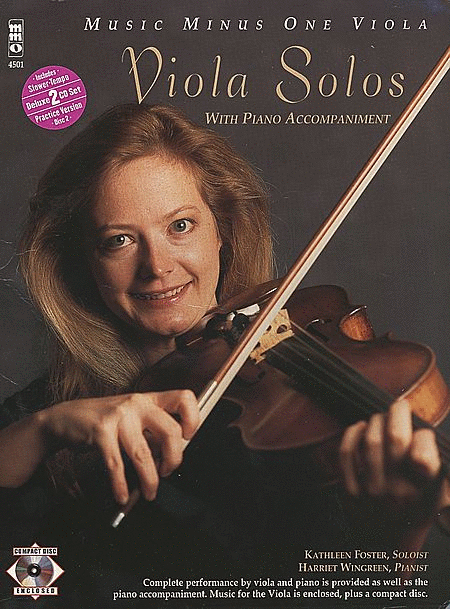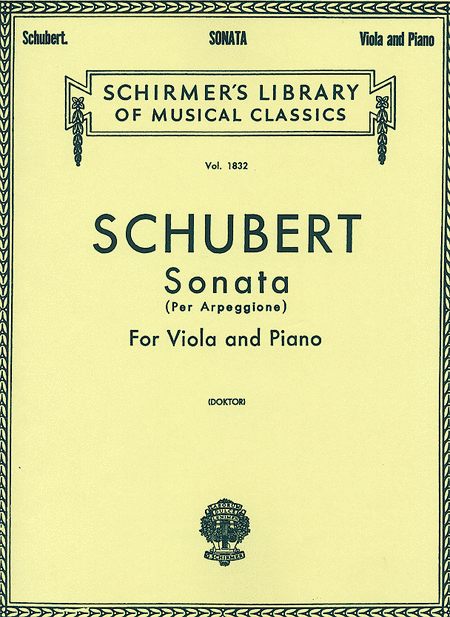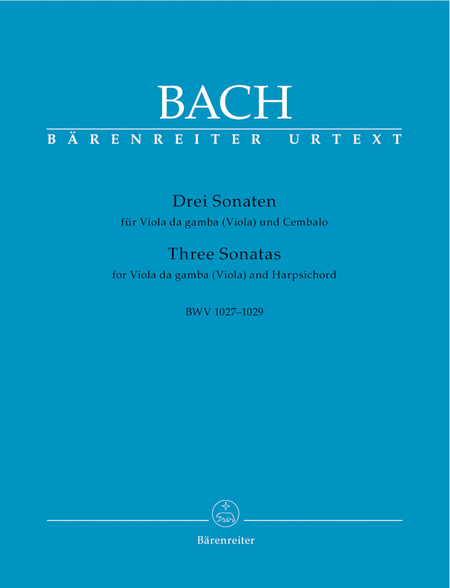Mein liebster Jesus ist verloren (My dearest Jesus is
lost), BWV 154, is a church cantata by Johann Sebastian
Bach. He composed it for the first Sunday after
Epiphany and first performed it in Leipzig on 9 January
1724.
Bach performed the cantata in his first year in Leipzig
on the First Sunday after Epiphany, on 9 January 1724.
The musicologist Alfred Dürr assumes that it was
written already in Weimar, whereas John Eliot Gardiner
shares this view only for movements 1, 4 and 7. The
pre...(+)
Mein liebster Jesus ist verloren (My dearest Jesus is
lost), BWV 154, is a church cantata by Johann Sebastian
Bach. He composed it for the first Sunday after
Epiphany and first performed it in Leipzig on 9 January
1724.
Bach performed the cantata in his first year in Leipzig
on the First Sunday after Epiphany, on 9 January 1724.
The musicologist Alfred Dürr assumes that it was
written already in Weimar, whereas John Eliot Gardiner
shares this view only for movements 1, 4 and 7. The
prescribed readings for the Sunday were taken from the
Epistle to the Romans, speaking of the duties of a
Christian (Romans 12:1–6), and from the Gospel of
Luke, the finding in the Temple (Luke 2:41–52). The
unknown poet takes the parents' search for the lost
Jesus as the starting point to depict the general
situation of man who lost Jesus. Movements 1 and 2
lament this loss. Movement 3 is a chorale, stanza 2 of
Martin Jahn's "Jesu, meiner Seelen Wonne", asking Jesus
to return. Movement 4 asks the same question in a
personal aria. The answer is given by the bass, the vox
Christi (voice of Christ), in the words of the Gospel
"Wisset ihr nicht, daß ich sein muß in dem, das
meines Vaters ist?" (Do you not know that I must be in
that which is My Father's? Luke 2:49). The joy of the
finding is expressed paraphrasing from the Song of
Songs "The voice of my beloved! Behold, he comes,
leaping on the mountains, skipping on the hills"(Song
of Solomon 2:8). The cantata ends with stanza 6 of
Christian Keymann's chorale "Meinen Jesum laß ich
nicht".
In the three arias Bach sets extreme affekts to music:
desperate lament, intense longing and blissful joy. The
first aria is based on an ostinato continuo, comparable
to the opening of Weinen, Klagen, Sorgen, Zagen, BWV
12. First the violin, then the tenor perform an
expressive melody and repeat it several times. The
contrasting middle section is underlined by tremolos in
the strings in daring harmonies. John Eliot Gardiner
remarked in connection with his Bach Cantata
Pilgrimage, that on the words "O Donnerwort in meinen
Ohren" (O thunderous word in my ears), "it contains a
graphic evocation of ear drumming". The second aria is
accompanied by the two oboes d'amore and the violins
and viola in unison, without continuo. Similar to the
soprano aria Aus Liebe will mein Heiland sterben in
Bach's St Matthew Passion, the lack of foundation
portrays fragility and innocence. The joy of the
finding is expressed in a duet of alto and tenor in
homophonic vocal lines of parallel thirds and sixths.
It is in three parts, the third not a da capo of the
first, but an affirmative conclusion in a faster 3/8
time.
Movement 3 is a four-part setting of Johann Schop's
tune "Werde munter, mein Gemüte" (1642), which became
famous as part of Herz und Mund und Tat und Leben, BWV
147, and was also used in movement 40 of the St.
Matthew Passion. The closing chorale is a four-part
setting of a 1658 tune by Andreas Hammerschmidt.
Similar to the Weimar cantatas, the work is scored for
alto, tenor and bass soloists, a four-part choir for
the chorales only, two oboes d'amore, two violins,
viola, and basso continuo. The cantata is structured in
eighth movements.
Source: Wikipedia
(https://en.wikipedia.org/wiki/Gelobet_sei_der_Herr,_me
in_Gott,_BWV_129).
I created this arrangement of the first Arioso: "isset
ihr nicht, daß ich sein muß in dem, das meine Vaters
ist?" (Do you not know that I must be in that which is
My Fathers?) for Viola Duet.












